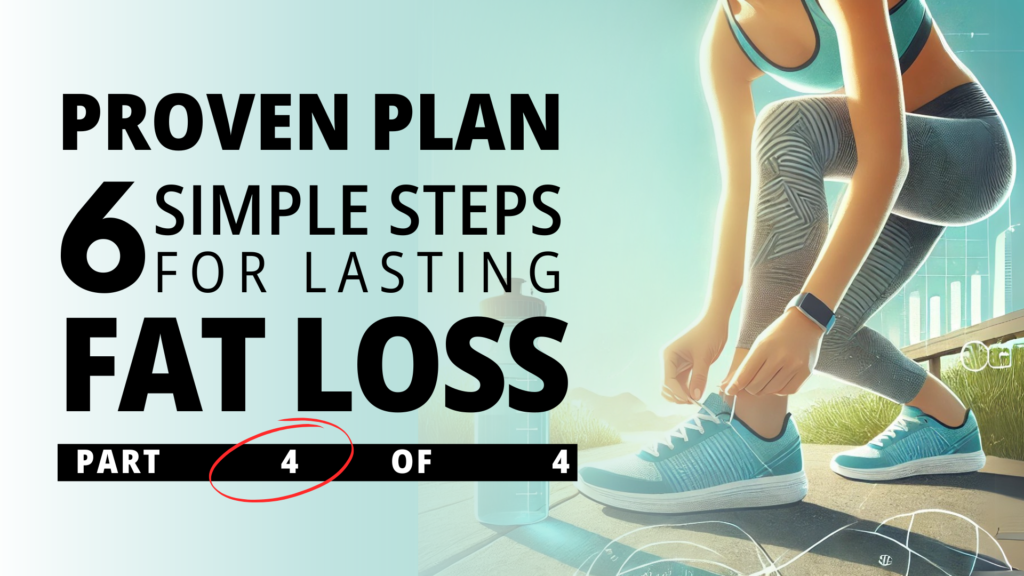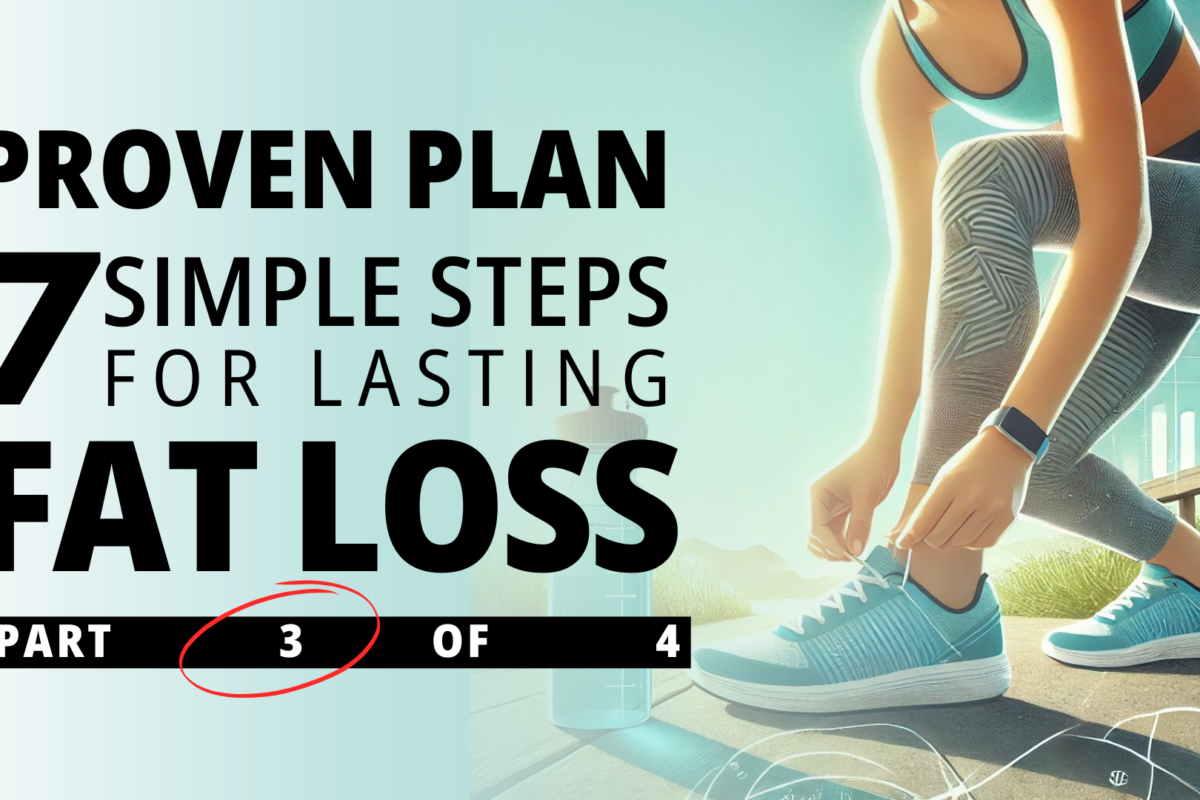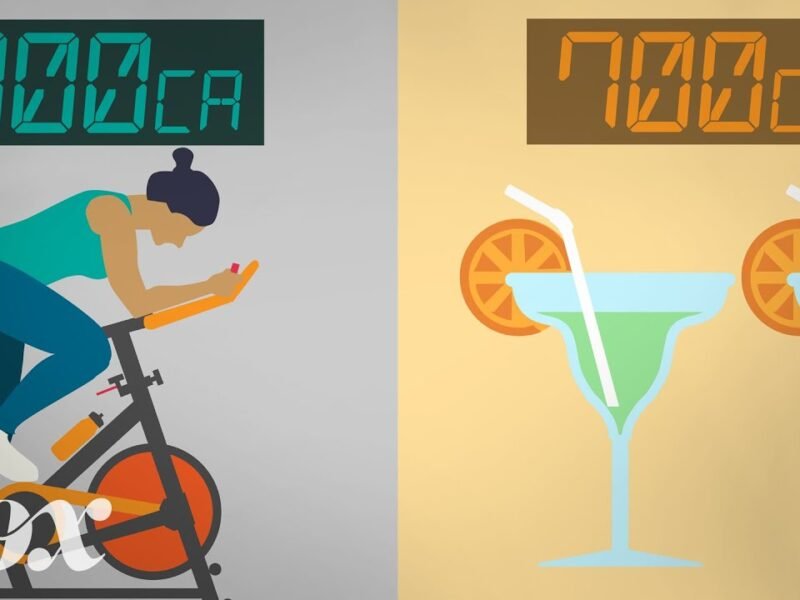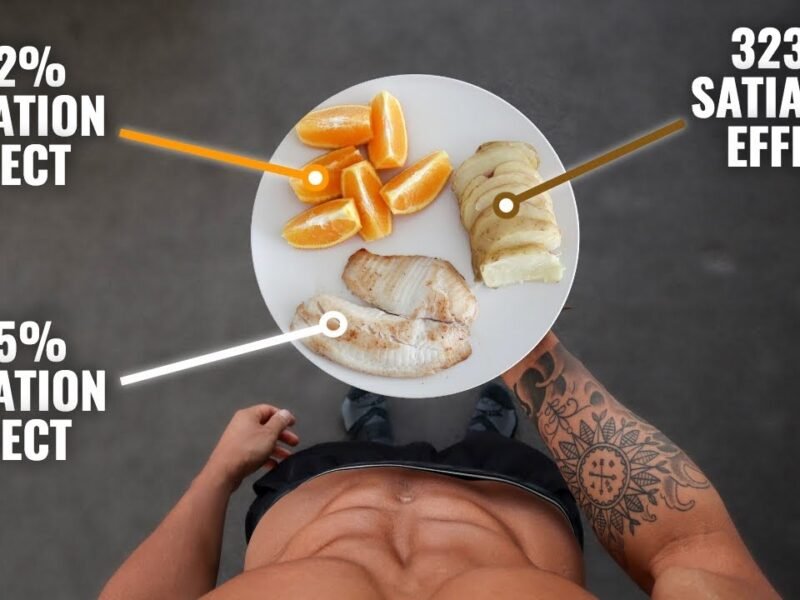Accelerate Your Fat Loss: 6 Proven Strategies to Burn Stubborn Fat (Part 4 of 4)

Fat Loss: Fat Loss Acceleration (Part 4 of 4)
The final phase of your fat loss journey has arrived! With your metabolism optimized and healthy habits firmly in place, it’s time to put your body into a fat-burning mode. This is the phase where the caloric deficit becomes your most powerful tool, and your newfound skills help ensure the process is effective and sustainable.
The Science Behind Fat Loss Acceleration
Fat loss requires consuming fewer calories than your body burns, a principle grounded in the laws of thermodynamics. While factors like macronutrient ratios and food quality impact satiety, hormones, and muscle retention, the foundation remains: calories in versus calories out.
1. Create a Caloric Deficit
A good starting point is a deficit of around 20% of your maintenance calories. For example, if your Total Daily Energy Expenditure (TDEE) is 2,000 calories, begin by reducing your intake by 400 calories per day. If you plateau or want to accelerate results, increase the deficit to 25%.
Remember, as you lose weight, your calorie needs will adjust. Recalculate your TDEE every 5–10 pounds to ensure your deficit remains effective.
2. Prioritize Protein
Protein plays a critical role in fat loss. It helps preserve muscle, increases satiety, and has a high thermic effect, meaning your body burns more calories digesting it. Aim for at least 1 gram of protein per pound of goal weight. You may find increasing protein intake by 10% beneficial during this phase.
3. Track Your Progress
Understanding how many calories you burn and consume is key to staying on track. Use tools like fitness trackers and food logging apps to monitor your intake and ensure you’re staying within your deficit. Adjust as needed to maintain consistent progress.
4. Use Activity to Boost Your Deficit
Combining calorie reduction with increased physical activity is the most effective way to accelerate fat loss. Simple changes, like walking an extra two miles daily or reducing portion sizes, can help you achieve a 500-calorie daily deficit, equating to one pound of fat loss per week.
Examples:
- Reduce a cup of rice to ½ cup: Saves ~100 calories
- Cut out 2 tablespoons of olive oil: Saves ~250 calories
- Walk 2 miles: Burns ~200 calories
5. Undulate Your Calories
Calorie undulation, or varying your intake throughout the week, helps prevent metabolic adaptation. For instance, if your goal is a weekly deficit of 2,800 calories, you can eat in a 650-calorie deficit Monday–Friday and enjoy a 225-calorie surplus on Saturday and Sunday. This strategy keeps your body from entering “starvation mode” while allowing some flexibility.
6. Plan Your Deficit Duration
The duration of your caloric deficit depends on factors like your weight loss goals, starting health, and energy levels. Most people should aim for 6–12 weeks in a deficit before returning to the Metabolic Restoration phase. This cyclical approach helps prevent long-term damage to your metabolism and ensures sustainable fat loss.
Why This Process Works
Fat loss acceleration is more than just cutting calories; it’s about strategically combining nutrition, movement, and metabolic awareness. This approach minimizes plateaus, preserves muscle, and makes the process less stressful on your body and mind.
Final Thoughts
By following these six strategies, you’ll not only achieve your fat loss goals but also set the stage for maintaining them long-term. Remember, consistency is key, and this phase should feel manageable—not overwhelming. Once you’ve completed this phase, return to metabolic restoration and repeat the process as needed.
Stay Connected
For more tips, resources, and personalized guidance, join our SlimScienceTV Coaching Group. Don’t forget to follow us on social media for updates, inspiration, and success stories from others just like you!




















